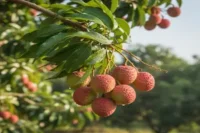Exploring the Cabbage Plant Growth Stages: A Comprehensive Guide
Published: 2 Jun 2024
Cabbage is a versatile vegetable. It is the most popular vegetable worldwide with its crisp leaves and distinctive flavor. It is a staple in many cuisines around the world. Cabbage (Brassica oleracea var. capitata) is a cool-weather crop that thrives in temperate climates.
Common companion plants with cabbage include tomatoes, radishes, and beans. This comprehensive guide will share my experience in the cabbage plant growth stages, from the delicate seedling phase to the final, satisfying harvest.
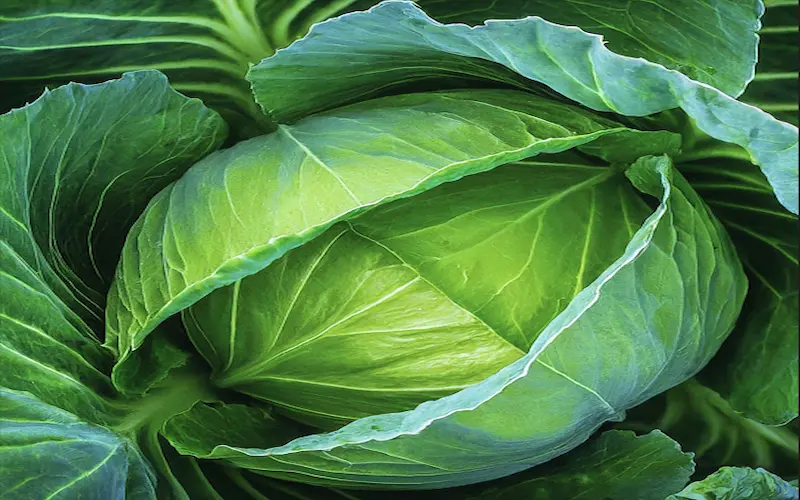
The Seedling Stage of Cabbage
The life cycle of cabbage begins with the seedling stage. This delicate stage is the foundation for a healthy, robust plant. During this phase, the seeds germinate, and the first true leaves emerge. Proper soil preparation, adequate moisture, and a suitable temperature range are essential for the seedlings to thrive.
I recommend starting your cabbage seeds indoors about 4-6 weeks before your region’s last expected frost date. This gives the seedlings a head start and protects them from harsh outdoor conditions.
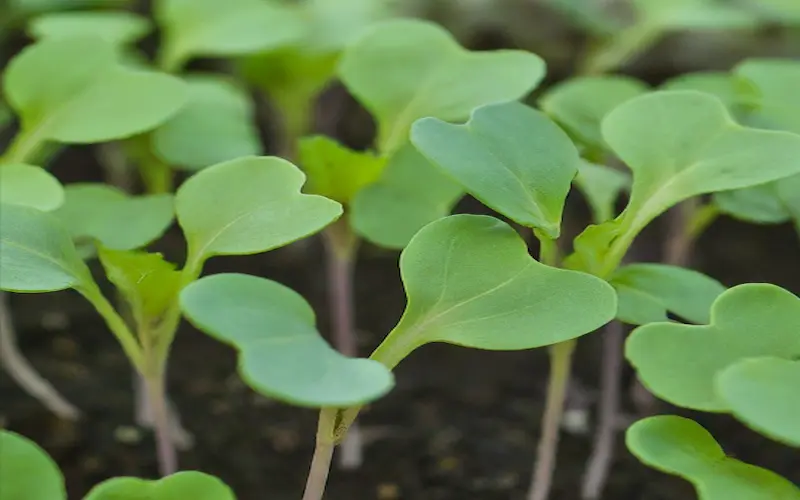
The Transplanting Stage of Cabbage
Once the seedlings have developed their true leaves and reached a height of 4-6 inches, it’s time to transplant them into the garden. This is a critical step, as the transplanting process can be stressful for the plants. It is hardening off the seedlings by gradually exposing them to more extended periods of outdoor conditions before transplanting.
This helps them acclimate to the new environment. When planting, choose a well-draining, nutrient-rich soil and space the cabbage plants about 12-18 inches apart, depending on the variety.
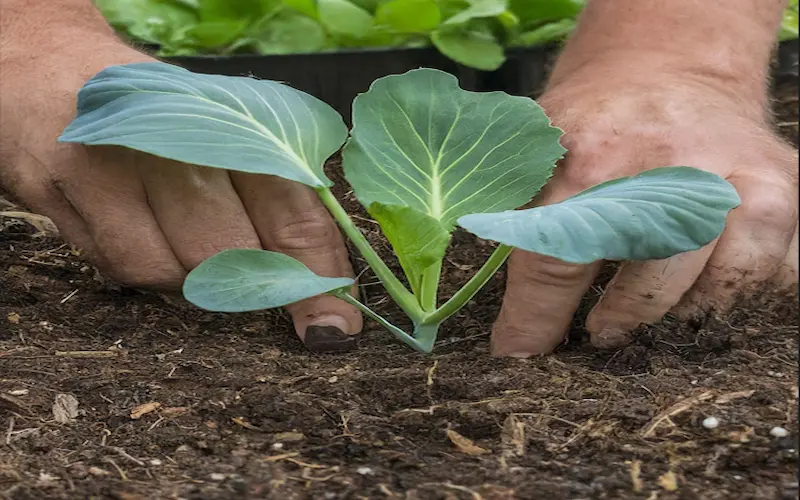
Vegetative Stage
After the successful transplanting, the cabbage plant enters the vegetative stage. The plant develops foliage during this phase and establishes a robust root system. Providing the right amount of water, sunlight, and nutrients supports this growth. I recommend regular monitoring for pests or diseases and addressing any issues promptly to ensure the plant’s health and vigor.
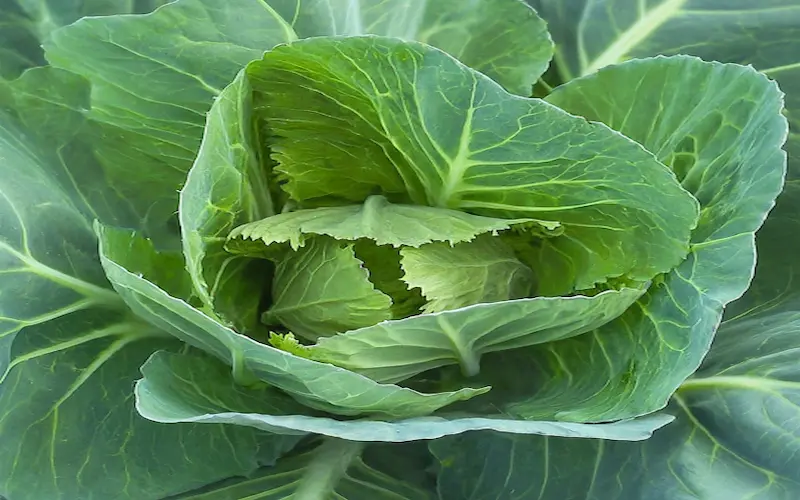
Heading Stage
As the cabbage plant matures, it transitions into the heading stage. This is the most distinctive phase, where the plant forms a tight, dense head of leaves. The timing and size of the head can vary depending on the cabbage variety, growing conditions, and environmental factors.
To encourage optimal head formation, provide consistent moisture, maintain proper soil pH, and use row covers or cloches to protect the plants from pests and environmental stressors.
The Maturity and Harvesting Stage of Cabbage
The final stage of the cabbage growth cycle is maturity and harvesting. This is the moment we’ve all been waiting for—the time to reap the rewards of our efforts. Depending on the variety, cabbage heads are typically ready for harvest when they reach a firm, dense texture and a size that suits your culinary needs.
I recommend gently checking the heads and harvesting them when they feel solid to the touch. Proper post-harvest handlings, such as storage and preservation, can extend the lifespan of your cabbage crop.
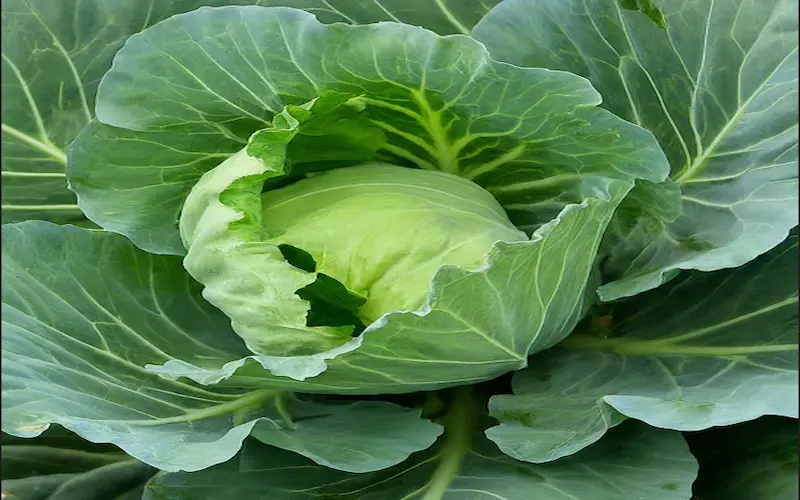
Factors Affecting Cabbage Plant Growth Stages
Several factors can influence cabbage’s growth stages, including climate, soil conditions, pests, and diseases. Temperature, rainfall, and sunlight exposure can all play crucial roles in the plant’s development. Maintaining optimal soil pH, nutrient levels, and drainage is essential for healthy cabbage growth.
Vigilant monitoring and proactive pest and disease management strategies are necessary to ensure a successful cabbage harvest.
Common Problems and Solutions
Throughout the cabbage growth stages, you face various challenges, such as:
- · Damping-off disease in seedlings
- · Cabbage worms and other pests
- · Nutrient deficiencies or imbalances
- · Bolting (premature flowering)
- · Head splitting or bursting
To address these issues, I recommend combining cultural, biological, and, if necessary, organic pest control methods. Regular monitoring, timely interventions, and a commitment to sustainable growing practices can help mitigate these common problems.
Tips for Successful Cabbage Growth
To ensure a bountiful and healthy cabbage harvest, I suggest the following tips:
- 1. Start with high-quality, disease-resistant cabbage varieties suited to your growing region.
- 2. Prepare the soil thoroughly, incorporating organic matter and adjusting the pH to the optimal range.
- 3. To prevent stunted growth or premature bolting, Provide consistent moisture, especially during the heading stage.
- 4. Implement crop rotation and companion planting strategies to discourage pests and diseases.
- 5. Monitor your cabbage plants regularly and address any issues promptly to maintain their vigor.
- 6. Consider using row covers or cloches to protect the plants from environmental stressors and pests.
- 7. Harvest your cabbage heads at the appropriate maturity stage for the best flavor and texture.
Related Questions and Answers
How long does it take for cabbage to grow?
Cabbage is a leafy green vegetable that takes about 60-90 days to grow from seed to a fully mature plant. The time it takes for cabbage to reach maturity depends on several factors, such as the variety of cabbage, weather conditions, and soil quality. Once the cabbage reaches maturity, the leaves will wilt, and the plant will produce small flowers. To optimize growth, cabbage should be planted in well-draining soil and fertilized regularly.
When to plant cabbage
Cabbage is a cool-season vegetable. It is planted in the spring or early summer after the last frost date. In most regions, planting time is generally from March to May. However, the planting time can vary depending on climate and weather patterns. Planting the cabbage when the soil has warmed to a temperature of at least 50-60°F and the risk of frost has passed.
How to grow cabbage
Cabbage is a hardy, leafy green vegetable that grows well in cooler climates. You can grow cabbage after starting with seeds or seedlings. Choose a sunny, well-drained spot in your garden. You’ll also need to provide your cabbage plants with plenty of water and fertilizer to help them grow strong and healthy.
How for apart to plant cabbage
Cabbage is planted about 12-18 inches apart, depending on the variety.
Conclusion
Exploring cabbage plant growth stages is a fascinating journey. It rewards us with a versatile and nutritious vegetable. By understanding the unique needs of cabbage plants at each stage of development, we can create the optimal conditions for their success.
With proper planning, attentive care, and patience, we can enjoy the satisfaction of harvesting our homegrown cabbage. Remember, every process stage is crucial, so embrace the journey and reap the rewards of your labor.

- Be Respectful
- Stay Relevant
- Stay Positive
- True Feedback
- Encourage Discussion
- Avoid Spamming
- No Fake News
- Don't Copy-Paste
- No Personal Attacks



- Be Respectful
- Stay Relevant
- Stay Positive
- True Feedback
- Encourage Discussion
- Avoid Spamming
- No Fake News
- Don't Copy-Paste
- No Personal Attacks

